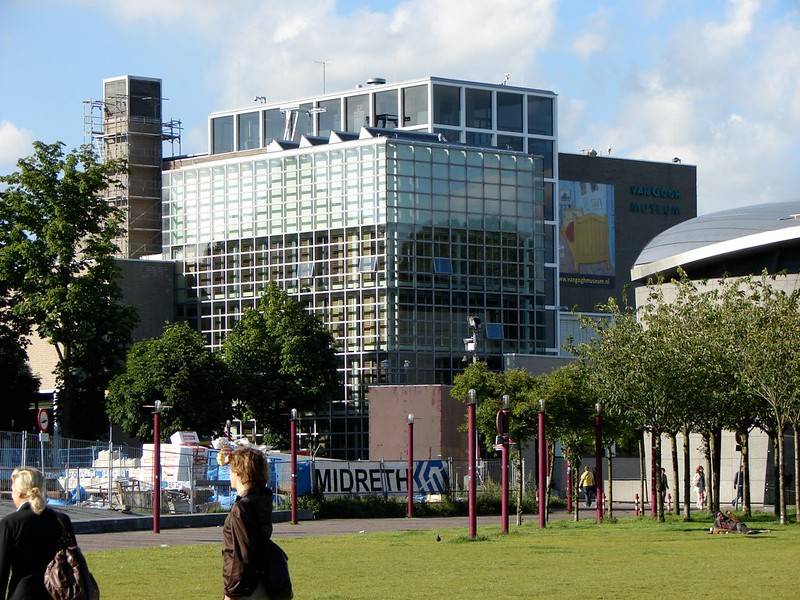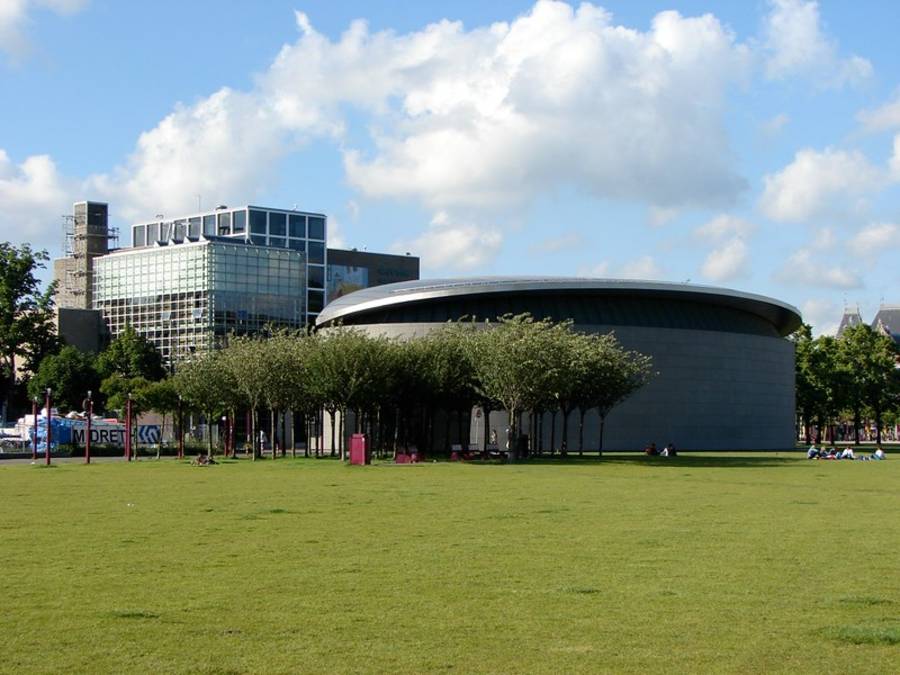Van Gogh Museum
Van Gogh Museum: An Unmissable Experience in Amsterdam
The Van Gogh Museum is one of the most popular museums in Amsterdam and receives a lot of tourists annually. This museum is completely dedicated to the artist Vincent Van Gogh and has the world’s largest collection of Van Gogh works, paintings and letters, making his artwork accessible to everyone who visits the city. It is an incredible visit to be made and below you will find more about the museum and the artist.
How to get to the Van Gogh Museum?

The Van Gogh Museum is located in the Museumplein ( Museum Square) at Paulus Potterstraat 7. From the center, you can easily walk to the site, but if you want to arrive by public transport, the easiest way is to take a tram (tram). The Van Gogh Museum can be accessed by trams 2, 3, 5, and 12, getting off at Van Baerlestraat station which is practically next to the museum.
The Van Gogh Museum opens daily from 9 am to 5 pm, but between the beginning of March and the end of August, it is open until 6 pm. If you want to enjoy your day in the city of Amsterdam even more and enjoy the museum at night, the Van Gogh Museum has a special Friday program (usually with a band playing inside a space in the museum) and on this day of the week, the museum is open until 22h.
Tickets can be purchased on the spot or in advance through the official website. We highly recommend purchasing tickets in advance as the queues can be very long (the queue was two hours when we went). Buying in advance over the internet, you choose the day and time and print your ticket to present at the entrance to the museum in a different queue. Both tickets on the internet and tickets purchased on the spot cost 15 Euros (January / 2015 price) and tickets can be purchased at this link. Admission is free for I Amsterdam City Cardholders, although for this case you need to take the regular queue.
Van Gogh Museum

For those who want to know even more and get into the details of each of the works, there is a multimedia guide that can be purchased on the spot for the price of 5 Euros (January / 2015 value). In addition to audio, this multimedia guide also has a screen that shows more details about each artist’s work.
Vincent Van Gogh (1853-1890) was a dutch post-impressionist painter who is considered one of the best of all time. His talent is shown by fast and intense brush strokes, strong colors, movement, and two-dimensionality, but his work was only known after his death where several items from his collection were exhibited in Paris in 1907. Van Gogh experienced several frustrations in his life and suffered from mental illnesses where he cut his own ear after a psychotic break. The artist deliberately checked into a mental treatment center, but he succumbed to his illness and killed himself with two shots to the chest when he was just 37 years old.
The Van Gogh Museum has 4 sections divided into 4 floors, each showing works that were done by the artist at different stages in his life. For example, right on the first floor of the museum, you find dozens of self-portrait paintings where Vincent Van Gogh tried to improve his style and skills throughout his career.
The second floor shows all the artist’s development and how Van Gogh found his vocation between the years 1883 and 1889. At the beginning of this period, he lived in the countryside and painted scenes related to this theme, his work being ” The Potato Eaters ” from 1885 the best known during this time. In 1886, Van Gogh moved to Paris, and through his brother Theo he met the impressionist artists Monet and Renoir, but he did not adapt to the impressionist style and created post-impressionism with energetic strokes and strong color contrasts. In 1888 he moved to Arles, in the south of France, where he began to paint several pictures that made his style known worldwide, several of them with natural elements such as the sunflower that is well portrayed in his masterpiece “Sunflowers ”from 1889.
It was at the end of this period that the artist began to suffer from psychotic outbreaks and this theme is addressed on another floor of the museum. In the year 1888, after a fight in Arles with his colleague Paul Gauguin, Van Gogh chases him and threatens him with a razor. Feeling guilty, Van Gogh returns home and cuts off part of his right ear and offers it to a prostitute as a gift. The painter is admitted to a psychiatric hospital and, being rejected by friends and the city asks to be admitted to the psychiatric hospital Saint-Paul-de-Mausole in the region of Provence. As the hospital region had a lot of wheat, olives, and vineyards, these elements were a source of inspiration for his paintings inside the hospital. Van Gogh returns to Paris in 1890 and begins to deal with specialist Paul Gachet(depicted in another masterpiece ” Portrait of Doctor Gachet “). During this period Van Gogh paints approximately one painting a day, but the artist ends up succumbing to the disease and shoots himself in the chest on July 27, 1890.
Although many people are familiar with the episode of Van Gogh’s severed ear, the museum tells in a unique way all the artist’s life, his influences, paintings, and other more personal aspects. It is a unique experience and one of the most recommended attractions for anyone visiting the city of Amsterdam.



